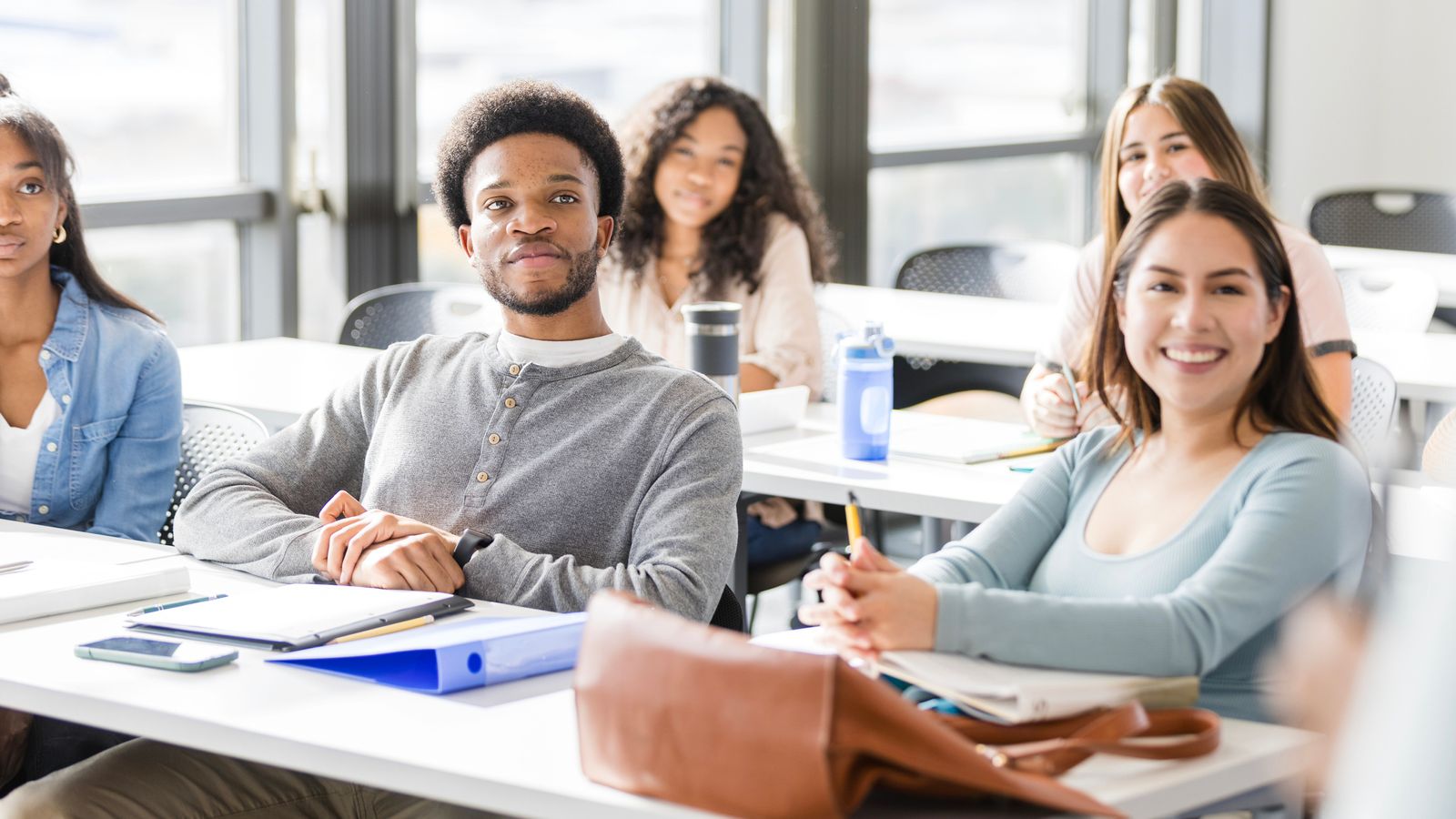Class Spotlight: Reimagining the Macro Communities and Organizations Course

Theoretical knowledge taught in the classroom is a critical component of social work education, but giving students the opportunity to apply that knowledge in a real social work setting takes their learning to the next level. This approach is what inspired Clinical Assistant Professor María Emilia Bianco at BU School of Social Work(BUSSW) to overhaul the Communities and Organizations course, a required course for all macro and clinical students.
Bianco based the major revision on feedback from previous students, in collaboration with the school’s field education department and her macro colleagues. While it builds on the work of previous BUSSW professors, today, the class offers more practical skills; more connections to the field; new readings, videos, and resources; and a wider variety of perspectives from scholars and practitioners from different identity standpoints. Bianco also built in more class time for students to work on assignments. Because the assignments are more related to field placement, students can also use field placement hours to work on them. This is intended to relieve some of the students’ stress.
“Providing students with a high-quality theoretical and practical training, while also caring for their well-being were the principles at the center of these revisions,” Bianco says.
The new course was first offered last fall to rave reviews by students. “Professor Bianco often opened class with music, movement, and breathing exercises,” says Marcus Shaw (MSW 26’) “She consistently invited our contributions and used them in her lesson plans. She outlined concepts clearly and simply, established pathways for collaboration between students and faculty, and encouraged us and empowered us to show up as we are, highlighting our strengths.”
Matty Hammon (MSW’26) agrees. “Each week, this class was enjoyable, thought-provoking, and built community so well that it was easy to ask questions and work on group projects in a collaborative way.”
A group project on community needs assessment is a highlight of the revised course. Working with local field placement agencies, students interview members of the community served by the agencies to gain an understanding of their lived experiences, needs, and recommendations. They then share their findings with the class and their agency field instructors.
Shaw’s team chose to work with the Trevor Project, focusing on the organization’s support hotline for queer youth and their work to combat suicidality in that population. “We looked into the data regarding those demographics and analyzed what community resources are available to them,” he says. His team created a map of community resources and also interviewed individuals to determine what other needs were not being addressed.
“The biggest takeaway for me was learning new ways to look at a community in multiple lights and with multiple layers,” he adds. “We had the opportunity to speak with individuals, consider social and cultural influences, and both risk and protective factors people might face that can be changed or how to move forward with ones that cannot.”
Hammon previously thought that macro and clinical social work were distinct paths with very little overlap. “This class showed me that there is a deeper relationship between individuals, the care they receive, and the institutions in place to provide or remove that care,” she says. “It’s beneficial to students in any track to consider accessibility or barriers to care in so many different ways.”
For Shaw, the biggest takeaway from the course and BUSSW in general is Anti-Oppressive Practice. “If you are a researcher or a community support person, ask people what they need and work with them in advocating for their needs and gaining resources to support their needs,” he says. “If you are in a position of power, use that position to uplift the voices of people who do not have a seat at the table. Whatever you work on as a researcher should also benefit the community.”
“This was my first semester at BUSSW, and I was so struck by how kind everyone I encountered was,” adds Hammon. “I’m deeply grateful to be at BUSSW and have the opportunity to learn from and with others, and this class consistently provided that space.”
Shaw sums it up with, “This experience will help me advocate for the needs of the communities I serve. It will also assist me in my ability to connect with the BIPOC communities I plan to serve by involving them in the research/treatment process and trusting them as the experts to their own healing so that we can work in collaboration together.”
For Hammon, “I think this course was a more solid introduction to the more macro leaning work I am interested in. I have more of a clinical background and more clinical experiences, so to have a class dedicated to thinking about an entire community and the structural systems we all live within and how they help or hurt us was a massive help to shift my thinking and begin considering community-wide interventions and programs.”